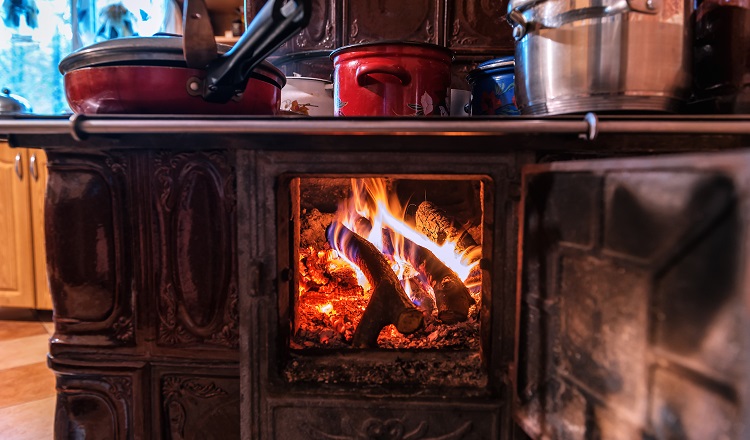Wood-Burning Stove Safety

Having a wood-burning stove as a source of supplemental heat during the colder months can result in significant cost savings on your electric bill, but did you know it can cause an increase in premium on your homeowners insurance?
What to know:
-
Even if you have a new wood-burning stove, the act of burning wood as a source of heat creates the possibility of sparking or spitting of hot embers. Taken in combination with combustible materials around your wood-burning stove, there is an increased risk.
-
If you are considering having a wood-burning stove installed, be sure it is UL approved and professionally installed. Not only will this help ensure the safety of your home and family, but many insurers will not provide insurance unless certain safety standards or clearances are met. Most insurance carriers will want to do an additional inspection on the unit itself as well.
-
Notify your insurance company of the presence of such a stove in your home to ensure you have proper coverage on your home and belongings.
How to maintain wood-stove safety:
-
Have the chimney and stove cleaned and inspected annually before you begin using it for the season.
-
Look over your unit and chimney regularly for potential cracks. This will help you catch something small before it becomes an issue.
-
Follow all clearance requirements in the home. This rule applies to people and pets as well as furniture and other combustible materials. This will help prevent burn injuries as well as limit the risk of a fire starting outside the unit.
-
Only burn dry wood. Burning wood can cause deposits known as creosote to build up. If not properly maintained, these deposits can ignite and cause chimney fires.
Having a wood-burning stove doesn’t have to be scary. Make sure you fully understand the risks and responsibilities associated with having one in your home. Also, be sure to talk with your insurance agent or carrier if there are ever any changes in your home that could impact your insurance. Stay warm out there!
References:
An insurance company that cares about you and insuring the things you wish to be insured.
Get a Quote> Find an Agent>

